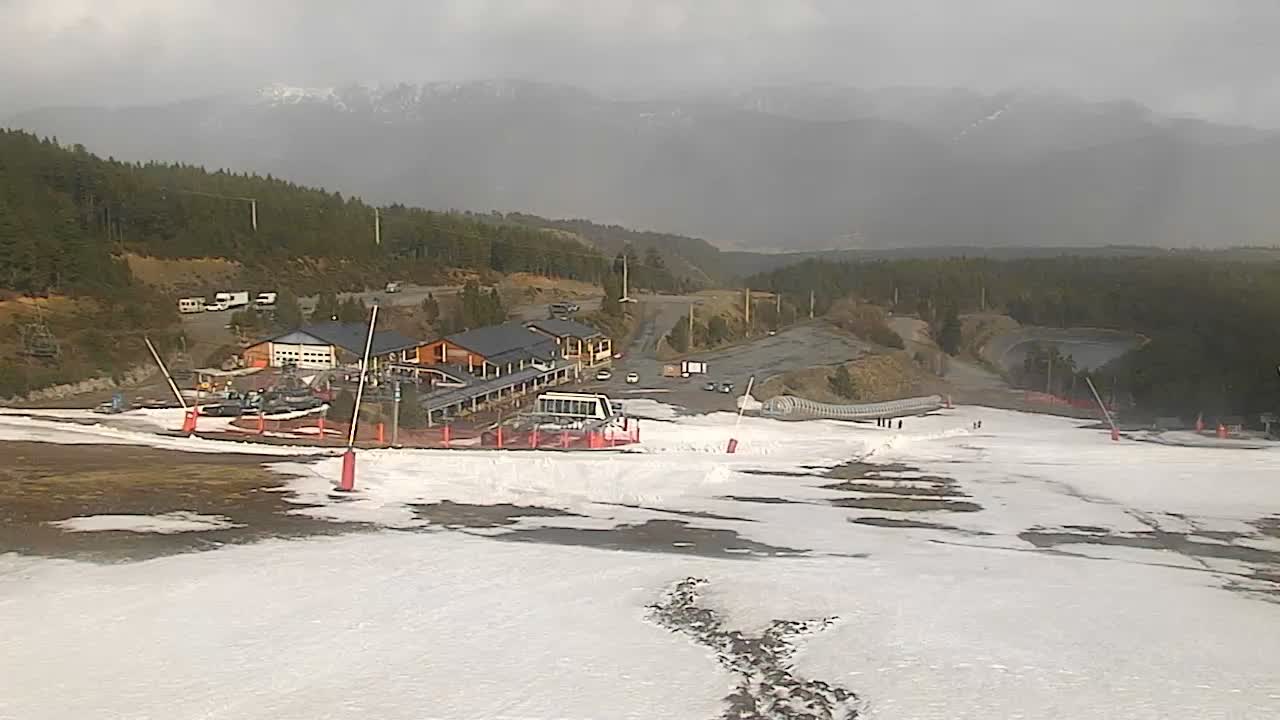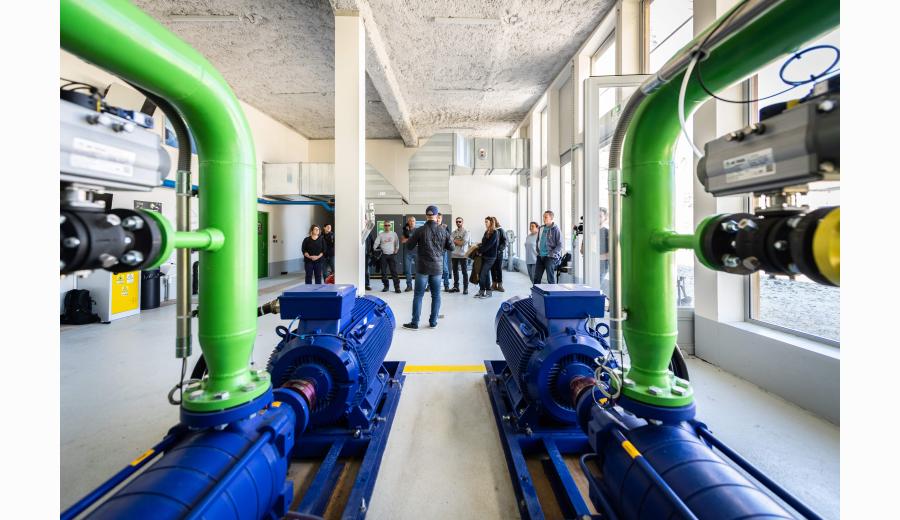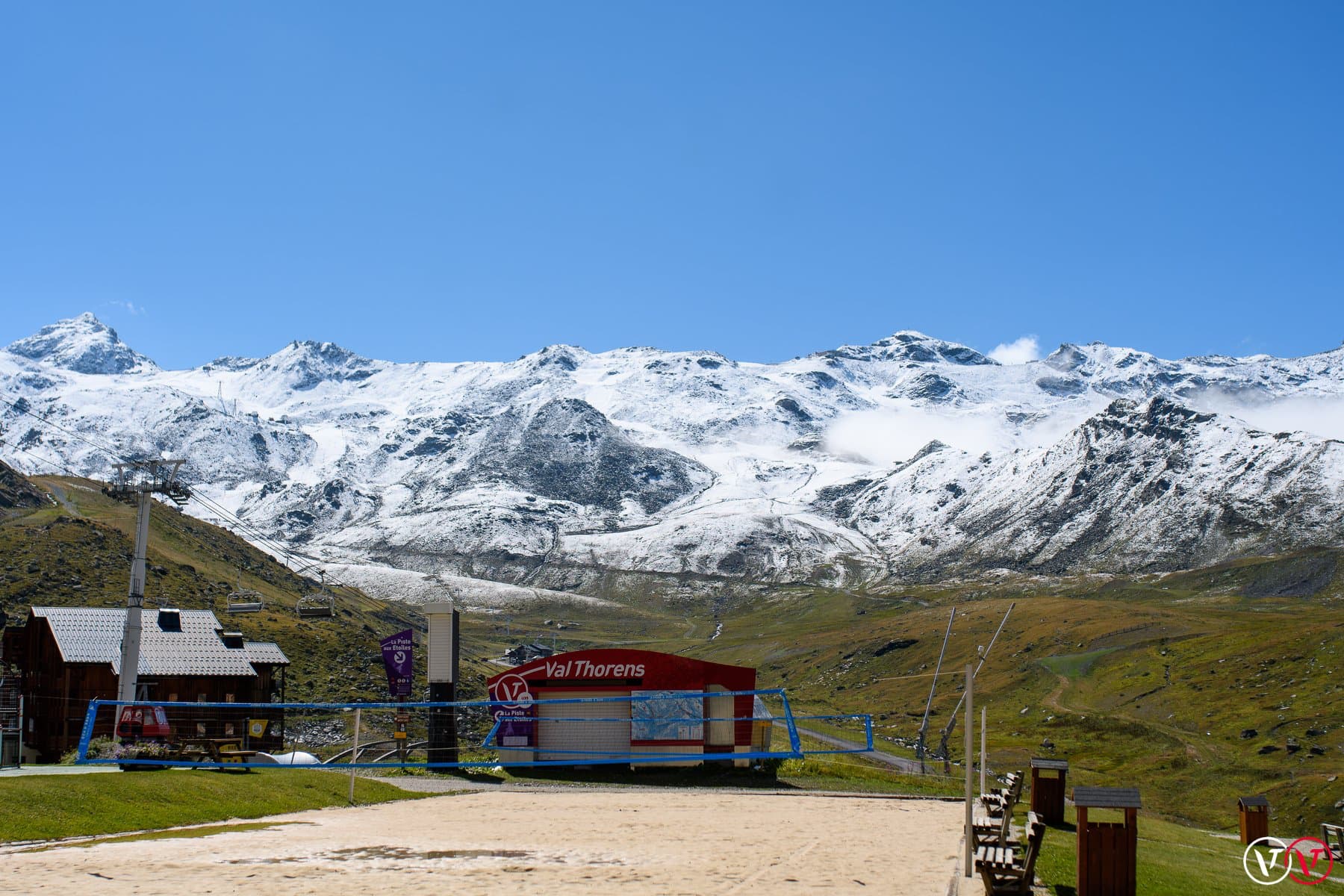
As the snowline rises across the European Alps, the once snow-sure resorts find themselves using more and more snowmaking to stay open. Where once you could be reasonably sure of being able to ski down to the lower village at around 4,600 feet off-piste through the trees, there are now just thin landing strips of snow, covered in artificial snow. A study by the National Agency for Territorial Cohesion showed that 39% of French slopes were covered with man-made snow during the 2022/2023 season.
What makes this statistic remarkable is that French ski resorts in total have 6,289 miles of groomed pistes. That means that last winter, man-made snow in French ski resorts could have reached from Whistler Blackcomb, British Columbia, to Aspen, Colorado.
The problem is certainly not exclusive to France. The study also shows that 70% of Austrian slopes rely on artificial snow and 50% of Spanish slopes would have to be closed without the help of snow cannons. Across the pond in Canada, a study published in the Current Issues in Tourism showed that Canada produces 42 million cubic meters of man-made snow in the winter, which produces 130,095 tons of CO2 and requires 43.4 million cubic meters of water. It would take 155,000 acres of forest in one year to offset the same amount of carbon.
Snowmaking is part of ski resort operations nowadays and is a huge industry in France, one that is needed to sustain tourism in the lower resorts of the Alps. In Les Arcs, for example, you can get a tour of the snow-making facility at Pres Saint Esprit in Arc 2000 to see exactly what goes into ensuring there is enough snow to slide on.

The huge amount of energy and water needed to create man-made snow means that this may not be able to carry on much longer at the rate needed to sustain these resorts. Is the large amount of snowmaking needed to sustain tourism in these areas of France justified, bearing in mind the environmental cost? One of the toughest things to reconcile as a skier is the environmental impact our sport can have on the nature we all enjoy. In France, where the ski tourism market is second only to the U.S., the balance between sustainability and ski tourism seems to be more of a struggle year by year. The question is: how much longer is this sustainable and at which point do French and other resorts across the world—need to rethink their long-term tourism strategy?
